The NVIDIA GeForce GTX 980 Ti Review
by Ryan Smith on May 31, 2015 6:00 PM ESTNVIDIA's Computex Announcements & The Test
Alongside the launch of the GTX 980 Ti, NVIDIA is also taking advantage of Computex to make a couple of other major technology announcements. Given the scope of these announcements we’re covering these in separate articles, but we’ll quickly go over the high points here as they pertain to the GTX 980 Ti.
G-Sync Variable Overdrive & Windowed Mode G-Sync
NVIDIA is announcing a slew of G-Sync products/technologies today, the most important of which is Mobile G-Sync for laptops. However as part of that launch, NVIDIA is also finally confirming that all G-Sync products, including existing desktop G-Sync products, feature support for G-Sync variable overdrive. As the name implies, this is the ability to vary the amount of overdrive applied to a pixel based on a best-effort guess of when the next frame will arrive. This allows NVIDIA to continue to use pixel overdrive on G-Sync monitors to improve pixel response times and reduce ghosting, at a slight cost to color accuracy while in motion from errors in the frame time predictions.
Variable overdrive has been in G-Sync since the start, however until now NVIDIA has never confirmed its existence, with NVIDIA presumably keeping quiet about it for trade secret purposes. However now that displays supporting AMD’s Freesync implementation of DisplayPort Adaptive-Sync are out, NVIDIA is further clarifying how G-Sync works.
Meanwhile being freshly rolled out in NVIDIA’s latest drivers is support for Windowed Mode G-Sync. Before now, running a game in Windowed mode could cause stutters and tearing because once you are in Windowed mode, the image being output is composited by the Desktop Window Manager (DWM) in Windows. Even though a game might be outputting 200 frames per second, DWM will only refresh the image with its own timings. The off-screen buffer for applications can be updated many times before DWM updates the actual image on the display.
NVIDIA will now change this using their display driver, and when Windowed G-Sync is enabled, whichever window is the current active window will be the one that determines the refresh rate. That means if you have a game open, G-Sync can be leveraged to reduce screen tearing and stuttering, but if you then click on your email application, the refresh rate will switch back to whatever rate that application is using. Since this is not always going to be a perfect solution - without a fixed refresh rate, it's impossible to make every application perfectly line up with every other application - Windowed G-Sync can be enabled or disabled on a per-application basis, or just globally turned on or off.
GameWorks VR & Multi-Res Shading
Also being announced at Computex is a combination of new functionality and an overall rebranding for NVIDIA’s suite of VR technologies. First introduced alongside the GeForce GTX 980 in September as VR Direct, NVIDIA will be bringing their VR technologies in under the GameWorks umbrella of developer tools. The collection of technologies will now be called GameWorks VR, adding to the already significant collection of GameWorks tools and libraries.
On the feature front, the newly minted GameWorks VR will be getting a new feature dubbed Multi-Resolution Shading, or Multi-Res Shading for short. With multi-res shading, NVIDIA is looking to leverage the Maxwell 2 architecture’s Multi-Projection Acceleration in order to increase rendering efficiency and ultimately the overall performance of their GPUs in VR situations.
By reducing the resolution of video frames at the edges where there is already the most optical distortion/compression and the human eye is less sensitive, NVIDIA says that using multi-res shading can result in a 1.3x to 2x increase in pixel shader performance without noticeably compromising the image quality. Like many of the other technologies in the GameWorks VR toolkit this is an implementation of a suggested VR practice, however in NVIDIA’s case the company believes they have a significant technological advantage in implementing it thanks to multi-projection acceleration. With MPA to bring down the rendering cost of this feature, NVIDIA’s hardware can better take advantage of the performance advantages of this rendering approach, essentially making it an even more efficient method of VR rendering.
Getting Behind DirectX Feature Level 12_1
Finally, though not an outright announcement per-se, from a marketing perspective we should expect to see NVIDIA further promote their current technological lead in rendering features. The Maxwell 2 architecture is currently the only architecture to support DirectX feature level 12_1, and with DirectX 12 games due a bit later this year, NVIDIA sees that as an advantage to press.
For promotional purposes NVIDIA has put together a chart listing the different tiers of feature levels for DirectX 12, and to their credit this is a simple but elegant layout of the current feature level situation. The bulk of the advanced DirectX 12 features we saw Microsoft present at the GTX 980 launch are part of feature level 12_1, while the rest, and other functionality not fully exploited under DirectX 11 are part of the 12_0 feature level. The one exception to this is volume tiled resources, which is not part of either feature level and instead is part of a separate feature list for tiled resources that can be implemented at either feature level.
The Test
The press drivers for the launch of the GTX 980 Ti are release 352.90, which other than formally adding support for the new card is otherwise identical to the standing 352.86 drivers.
| CPU: | Intel Core i7-4960X @ 4.2GHz |
| Motherboard: | ASRock Fatal1ty X79 Professional |
| Power Supply: | Corsair AX1200i |
| Hard Disk: | Samsung SSD 840 EVO (750GB) |
| Memory: | G.Skill RipjawZ DDR3-1866 4 x 8GB (9-10-9-26) |
| Case: | NZXT Phantom 630 Windowed Edition |
| Monitor: | Asus PQ321 |
| Video Cards: | AMD Radeon R9 295X2 AMD Radeon R9 290X AMD Radeon HD 7970 NVIDIA GeForce GTX Titan X NVIDIA GeForce GTX 980 Ti NVIDIA GeForce GTX 980 NVIDIA GeForce GTX 780 Ti NVIDIA GeForce GTX 780 NVIDIA GeForce GTX 680 NVIDIA GeForce GTX 580 |
| Video Drivers: | NVIDIA Release 352.90 Beta AMD Catalyst Cat 15.5 Beta |
| OS: | Windows 8.1 Pro |


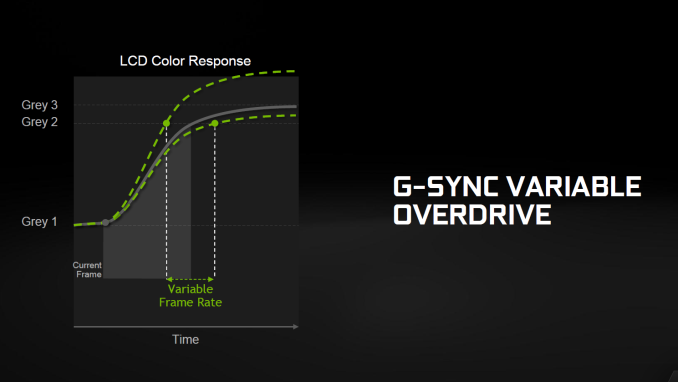
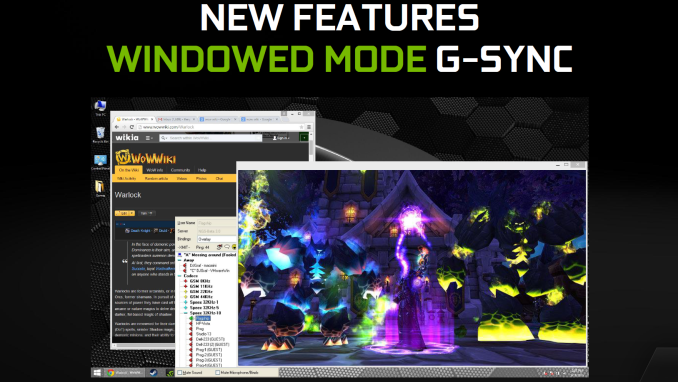
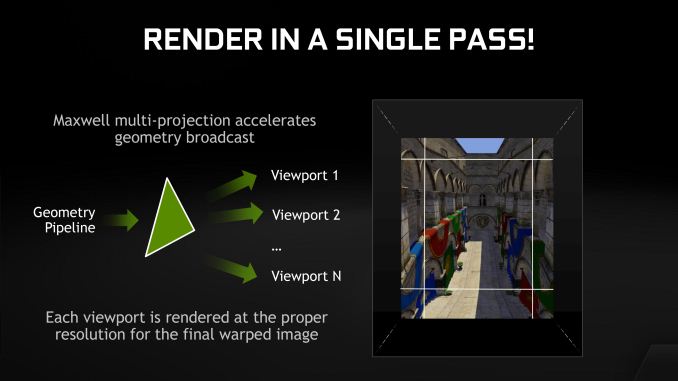
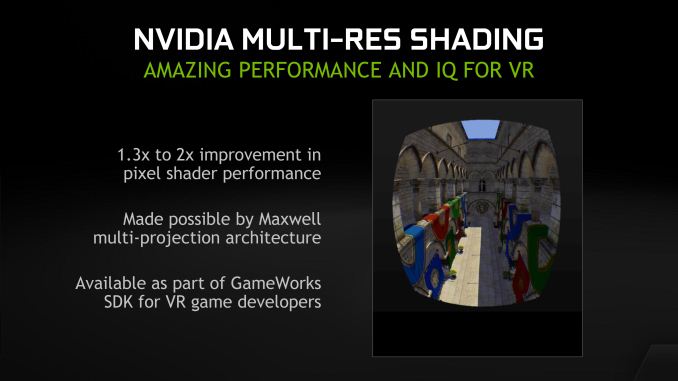
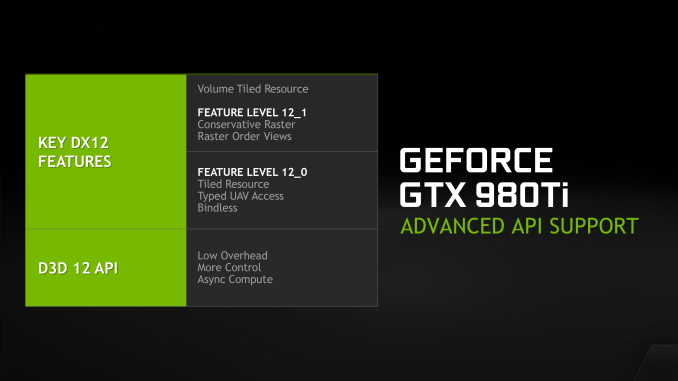








290 Comments
View All Comments
TheJian - Tuesday, June 2, 2015 - link
Depends on where you live. At a mere 3hrs per day (easy if more than one person uses it) at 270w difference even Ocing it, you end up $75 a year savings in a place like Australia. That ends up being $300 if you keep it for 4yrs, more if longer. In 15+ states in USA they are above 15c/kwh (au is 25.5c) so you'd save ~$45+ a year (at 15.5, again 14 quite a bit above this), so again $180 for 4yrs. There are many places around the world like AU.Note it pretty much catches 295x2 while doing it Oced. It won't put off as much heat either running 270w less, so in a place like AZ where I live, this card is a no brainer. Since I don't want to cool my whole house to game (no zoned air unfortunately), I have to think heat first. With Electricity rising yearly here, I have to think about that over the long haul too. TCO is important. One more point, you don't deal with any of the "problem" games on NV where crossfire does nothing for you. Single chip is always the way to go if possible.
If you have a kid, they can blow those watts up massively during summer for 3 months too! WOW users can do 21hrs on a weekend...LOL. I'd say Skyrim users etc too along with many rpg's that will suck the life out of you (pillars, witcher 3, etc). A kid can put in more time in the summer than an adult all year in today's world where they don't go out and play like I used to when I was a kid. You're shortsighted. Unless AMD's next card blows this away (and I doubt that, HBM will do nothing when bandwidth isn't the problem, as shown by gpu speeds giving far more than ocing memory), you won't see a price drop at all for a while either.
If rumors are true about $850-900 price for AMD's card these will run off the shelf for a good while if they don't win by a pretty hefty margin and drop the watts.
mapesdhs - Wednesday, June 3, 2015 - link
Add Elite Dangerous, Project Reality, GTA V, the upcoming Squad and various other games to your list of titles which one tends to play for long periods if at all.Ian.
Deacz - Wednesday, June 3, 2015 - link
860€ atm :(ddferrari - Sunday, June 14, 2015 - link
I guess you're one of those people who care more about specs than actual performance. Seriously, is 28nm just too big for ya? It's 3% slower than the fastest gpu on Earth for $650, and you're whining about the transistor size... get a life.Michael Bay - Sunday, May 31, 2015 - link
I`d much rather read about 960...pvgg - Sunday, May 31, 2015 - link
Me too...Ryan Smith - Sunday, May 31, 2015 - link
And you will. Next week.just4U - Sunday, May 31, 2015 - link
The 960 is a underwhelming overpriced product.. I'd be more interested in a Ti variant if I was looking to buy right now.. but no.. although that 980Ti is tempting, I'd never purchase it without seeing what AMD is doing next month.Oxford Guy - Monday, June 1, 2015 - link
"The 960 is a underwhelming overpriced product."There you go, Michael, you've read about it.
PEJUman - Sunday, May 31, 2015 - link
GM206 based 960xx? or a further cut on GM204? ;)My gut feel tells me it would be GM204 based: I am guessing ~3B trans on GM206 on a very mature 28nm process should be relatively doable without much defects.